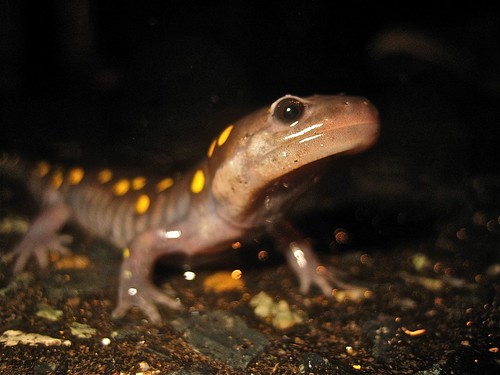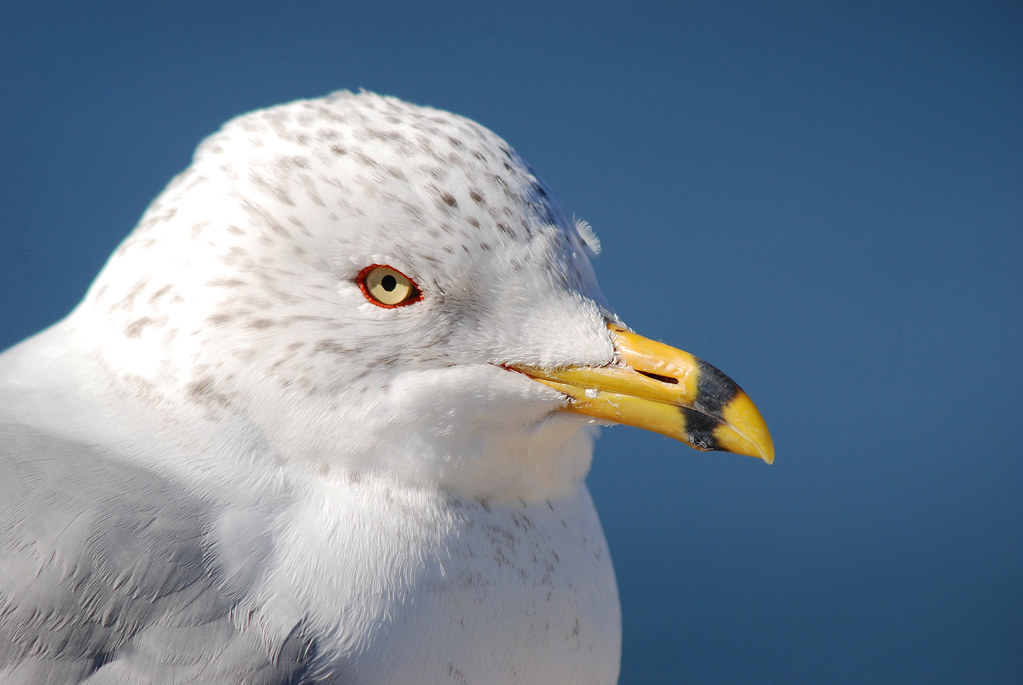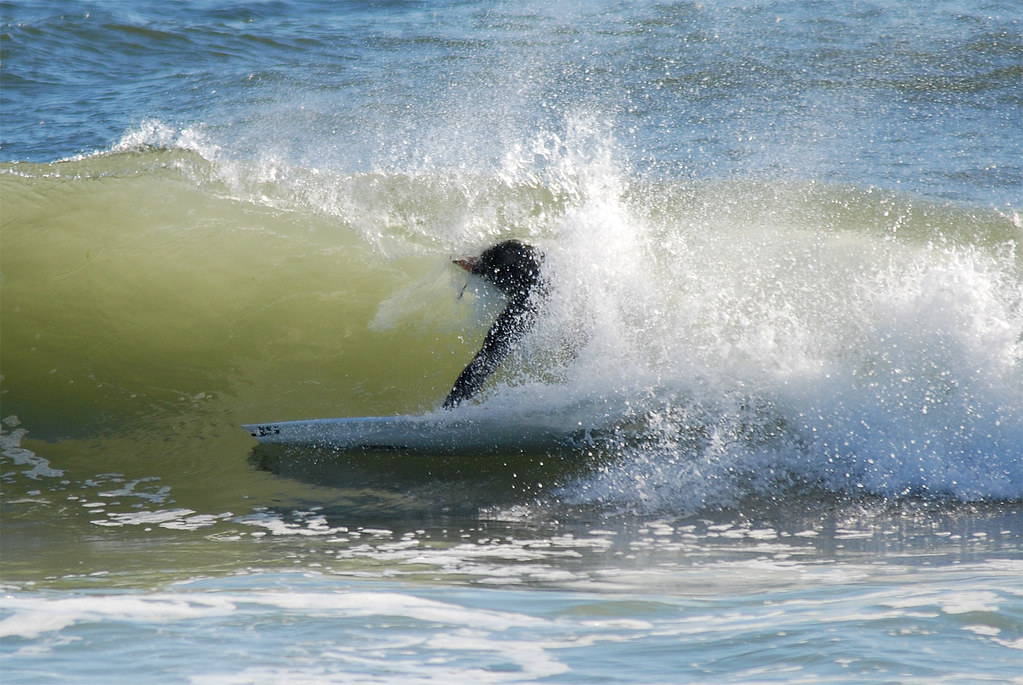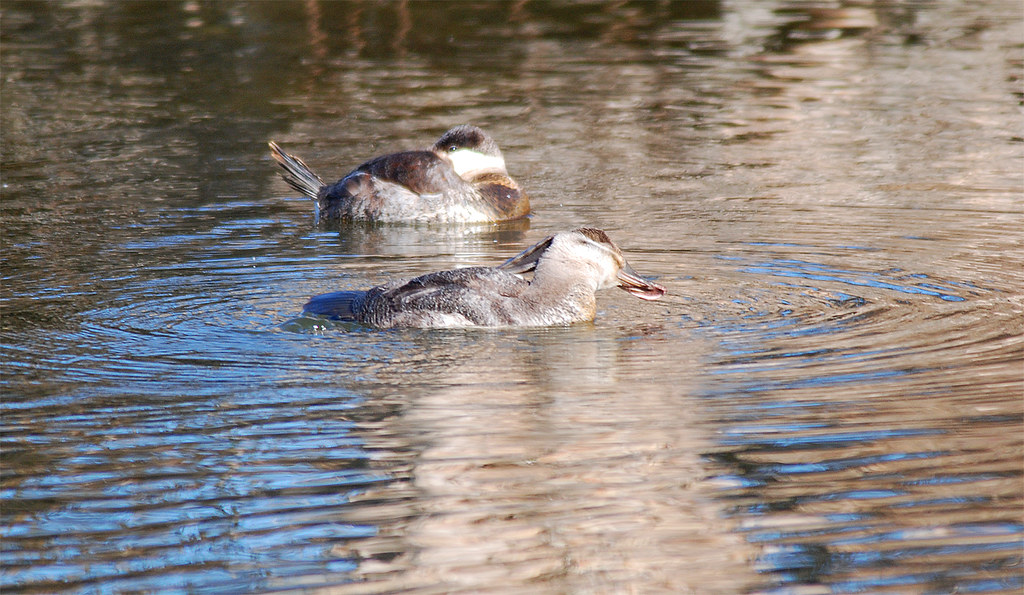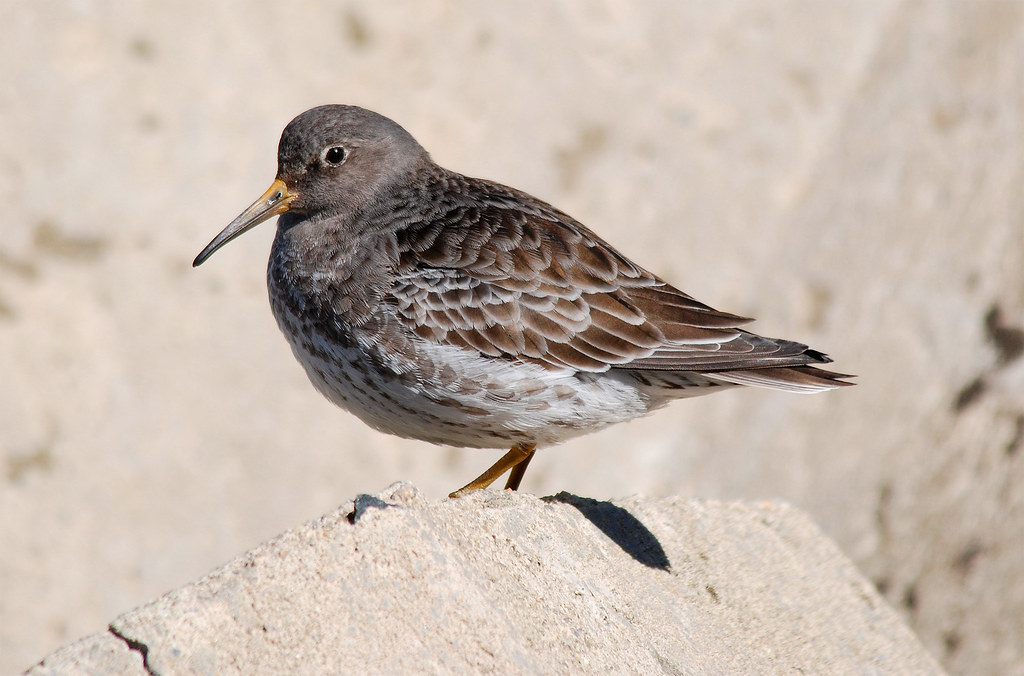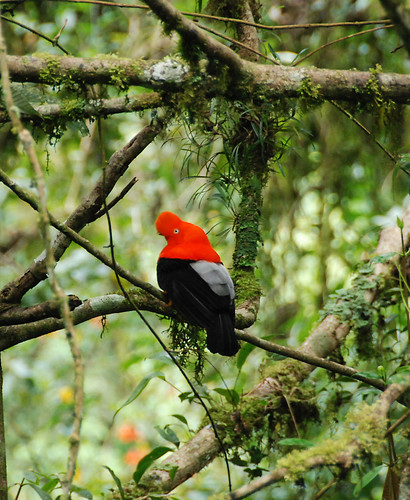
There are now a few colonies in New Jersey, with the largest containing about 50 of these native Argentinians. They use sticks and twigs to create large nests, such as the one pictured below. Usually built around transformers, it is believed they gain some measure of warmth from building their nests in these locations. Some officials have expressed concern over potential problems, but so far the birds haven't caused any harm.

As serious birders know, last year the Monk Parakeet was added to the official New Jersey state checklist, recognizing the species as a sustainable population in the state. Unlike escapees from homes and pet stores, this means the birds are known to be permanent residents here in NJ, able to breed and live in the wild. How these South American parakeets have survived the frigid winters here in the northeast is anyone's guess - but they have.
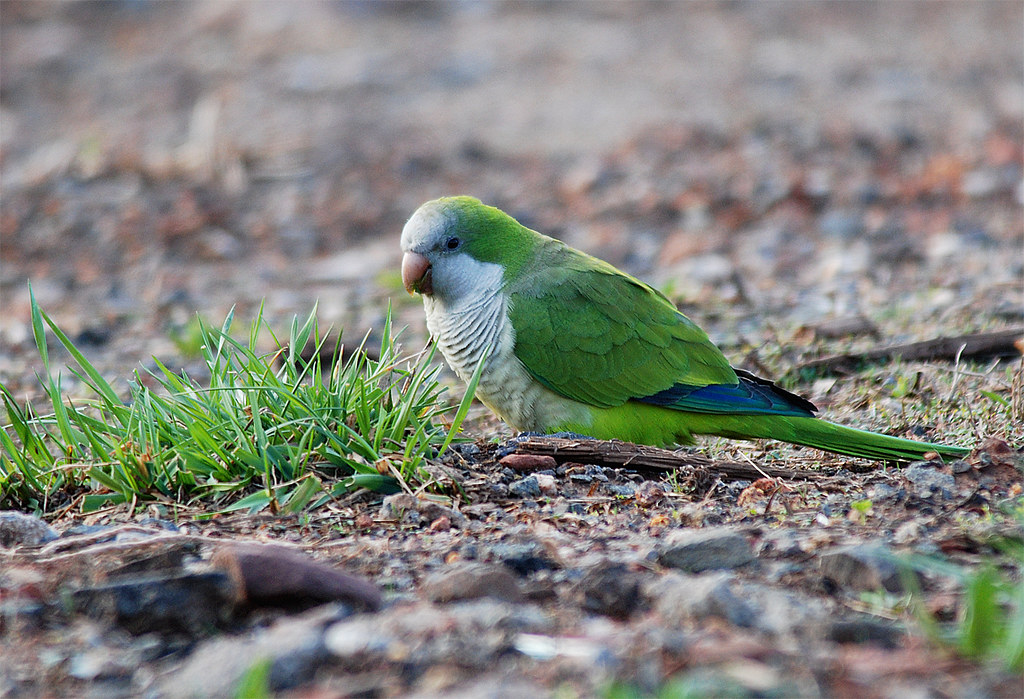
The small colony we visited in Carteret seemed to have at least five birds heading in and out of the nest. We were informed by a resident that there is another colony only a few blocks away. The species seem completely out of place - bright green and blue birds feeding in empty lots, chomping on grass (see the photo below) and hanging around with European Starlings and Mourning Doves.
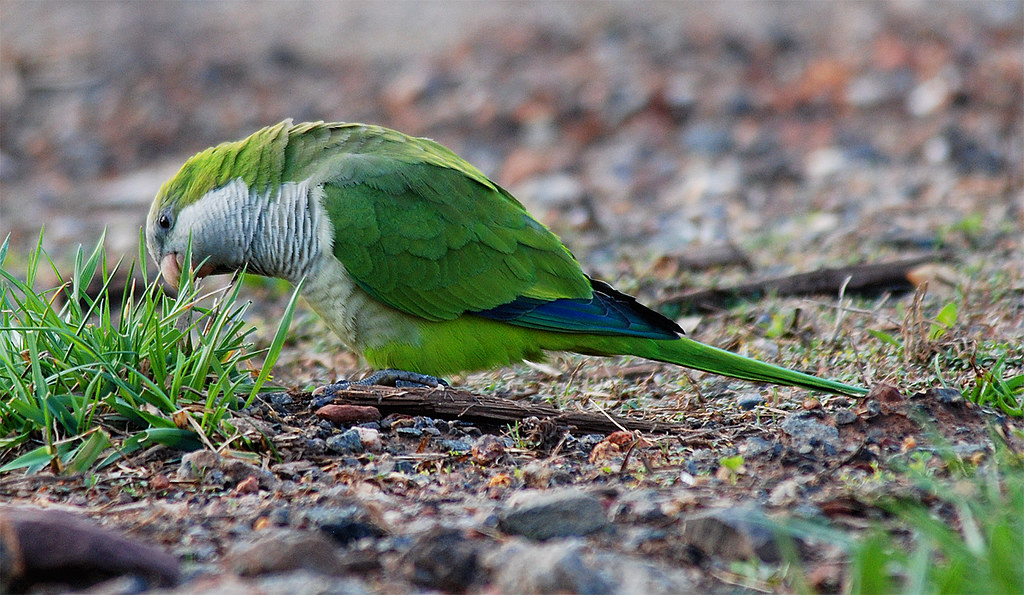
As long as the species remains confined to these types of areas and their population sizes stay relatively low, they don't seem to pose much of a threat. In Argentina they are considered agricultural pests, so there has been some concern over the possibility of populations spreading to more rural regions. I certainly hope that doesn't happen, as these birds were a real treat to watch. I wouldn't want to have to lump them in with other invasive avian species like the House Sparrow and European Starling - yuck!
